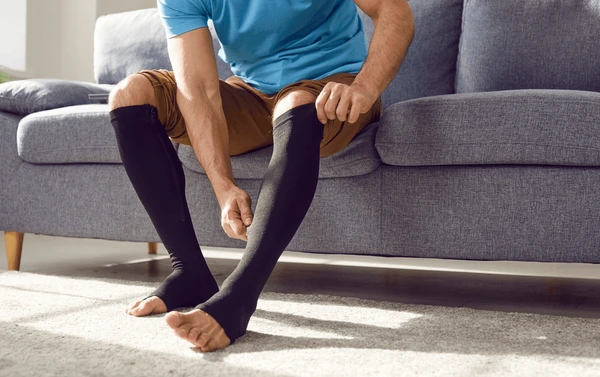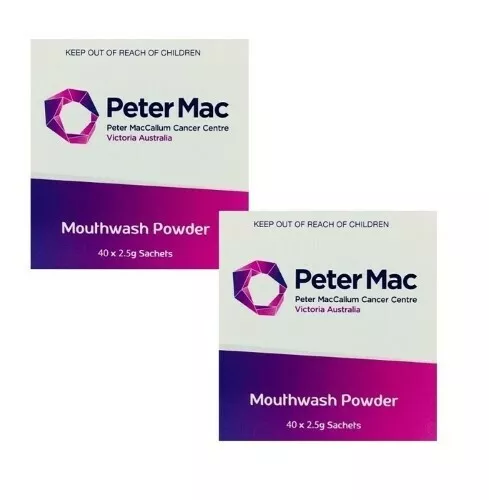What is Compression Therapy?
Compression therapy is a treatment used to improve blood flow in the lower legs. It usually involves wearing elastic stockings or wraps that apply pressure to your legs, ankles, and feet. This pressure helps prevent blood from pooling and reduces fluid buildup.
Types of Compression Therapy
There are several types of compression devices:
1. Compression Stockings : These are the most common and typically go up to the knee. If swelling goes higher, longer stockings or tights may be needed.
2. Bandages and Wraps : Elastic bandages or Velcro wraps can be easier for some people to put on. These are usually applied in multiple layers.
3. Inflatable Devices : These garments cover the legs and inflate to provide pressure. They are often used by athletes.
Compression stockings are rated based on how much pressure they provide, measured in mmHg (millimeters of mercury). Generally, the categories are:
– Low : Less than 20 mmHg (available over-the-counter)
– Medium : 20 to 30 mmHg (requires a prescription)
– High : Greater than 30 mmHg (requires a prescription)
When Should Compression Therapy Be Used?
Healthcare providers recommend compression therapy for various conditions related to poor blood circulation, including:
– Chronic Venous Insufficiency : This occurs when veins in the legs are weak and blood flow to the heart is impaired, leading to blood pooling.
– Varicose Veins : Raised, twisted veins that can cause swelling and pain.
– Deep Vein Thrombosis (DVT) : A blood clot in a deep vein, often in the leg, causing blocked blood flow and swelling.
– Swelling (Edema) : When fluid gets trapped in the legs, ankles, or feet due to various reasons, such as prolonged sitting or standing.
– Leg Ulcers and Wounds : Open sores that can develop due to poor circulation, especially in people with diabetes or varicose veins.
– Orthostatic Hypotension : A drop in blood pressure when standing up, causing dizziness or lightheadedness.
Should Athletes Use Compression Therapy?
Many athletes use compression therapy to enhance blood circulation during or after exercise, which may help with muscle recovery and soreness.
Procedure Details
Before Compression Therapy
Your healthcare provider will determine the right level of compression for you based on your health condition. Important factors include:
– Size and fit
– How to put them on
– How long to wear them
You’ll usually get fitted at a medical supply store, where staff can assist you.
During Compression Therapy
Wearing compression garments helps blood flow back to the heart and reduces swelling. Your provider might recommend this therapy alone or alongside other treatments.
Frequency of Use
Generally, you should wear compression stockings while awake and remove them when sleeping. Some bandages may be left on overnight, depending on your condition.
Benefits and Risks of Compression Therapy
Benefits
Compression therapy can:
1. Improved Blood Circulation*: Compression therapy helps promote better blood flow in the legs, which is essential for overall vascular health.
2. Reduced Swellin: It effectively decreases swelling in the legs, ankles, and feet by preventing fluid buildup.
3. Pain Relief: Many people experience less pain and discomfort associated with conditions like varicose veins and chronic venous insufficiency.
4. Enhanced Healing: Compression can aid in the recovery of leg ulcers and wounds by improving circulation and reducing fluid accumulation.
5. Prevention of Deep Vein Thrombosis (DVT): It helps lower the risk of blood clots in individuals at risk, such as those who are immobile for long periods.
6. Support for Athletic Recovery: Athletes often use compression garments to speed up recovery, reduce muscle soreness, and enhance performance.
7. Management of Specific Conditions: It can be beneficial for managing various conditions, including chronic venous insufficiency, lymphedema, and orthostatic hypotension.
8. Convenience: Many compression garments are easy to wear and can be incorporated into daily activities without much hassle.
Overall, compression therapy can significantly enhance comfort and promote better health, especially for those with circulation-related issues.
Risks
While most issues are minor, they can include:
– Skin irritation
– Discomfort or pain
– Swelling in the lower foot and toe area
In rare cases, serious side effects can occur, such as nerve or tissue damage.
Minimizing Risks
To reduce risks:
– Ensure proper fit of garments
– Check for wrinkles or bunching
– Keep your skin dry
– Wear slippers or shoes to protect your socks
– Replace worn or stretched socks
Conclusion
Compression therapy is an effective way to improve blood flow and reduce swelling in the legs. If you experience swelling, talk to your healthcare provider about whether this treatment is right for you.




